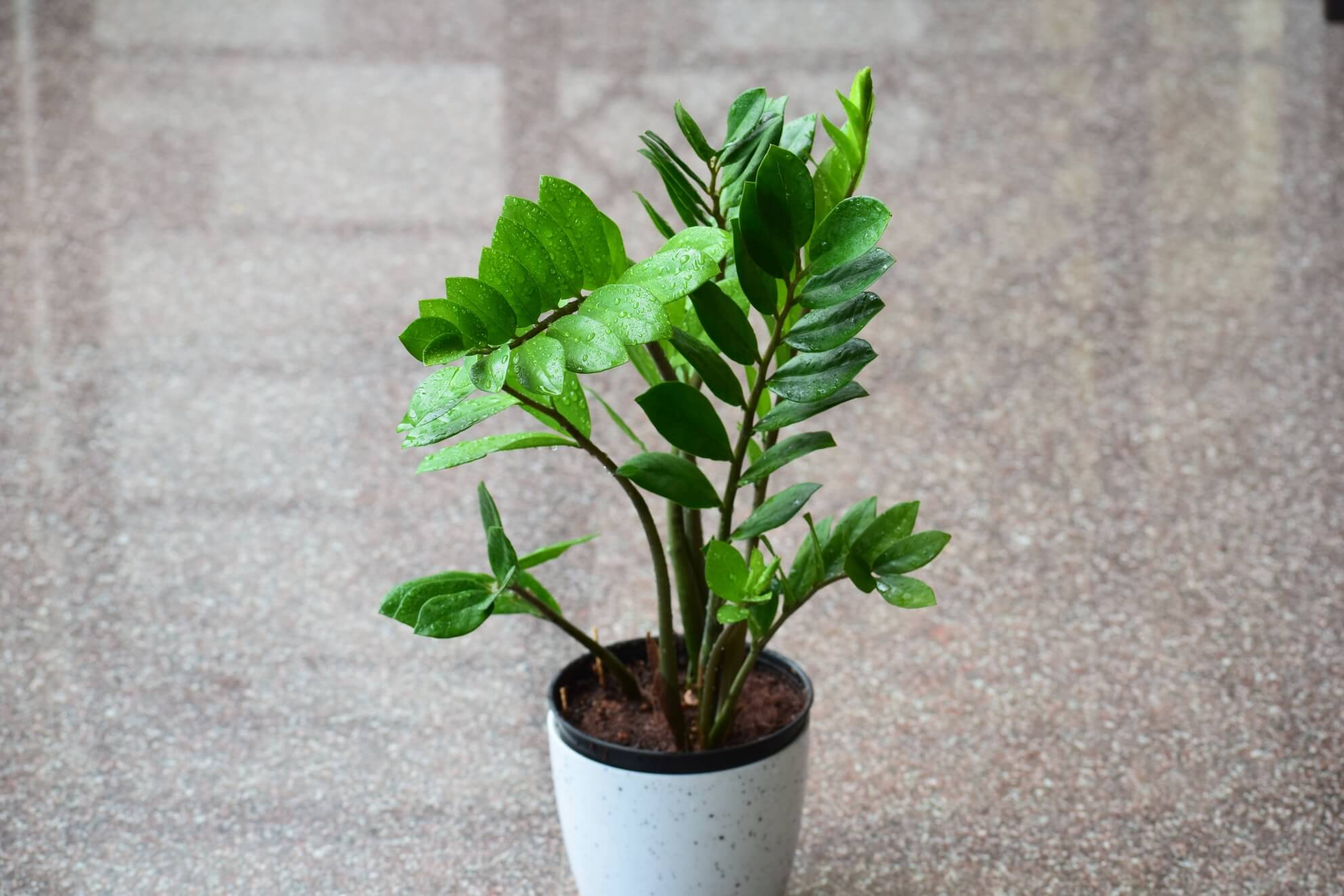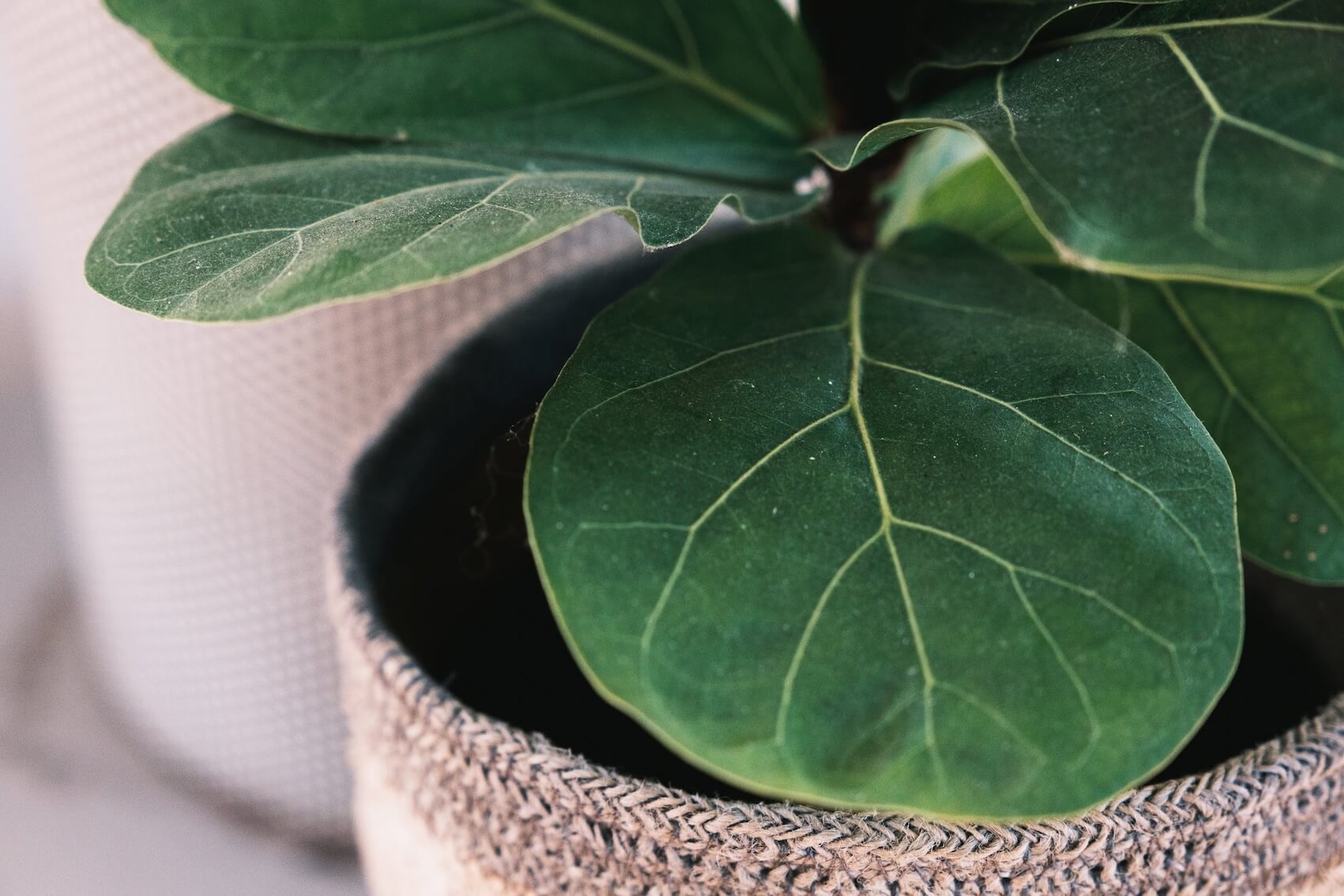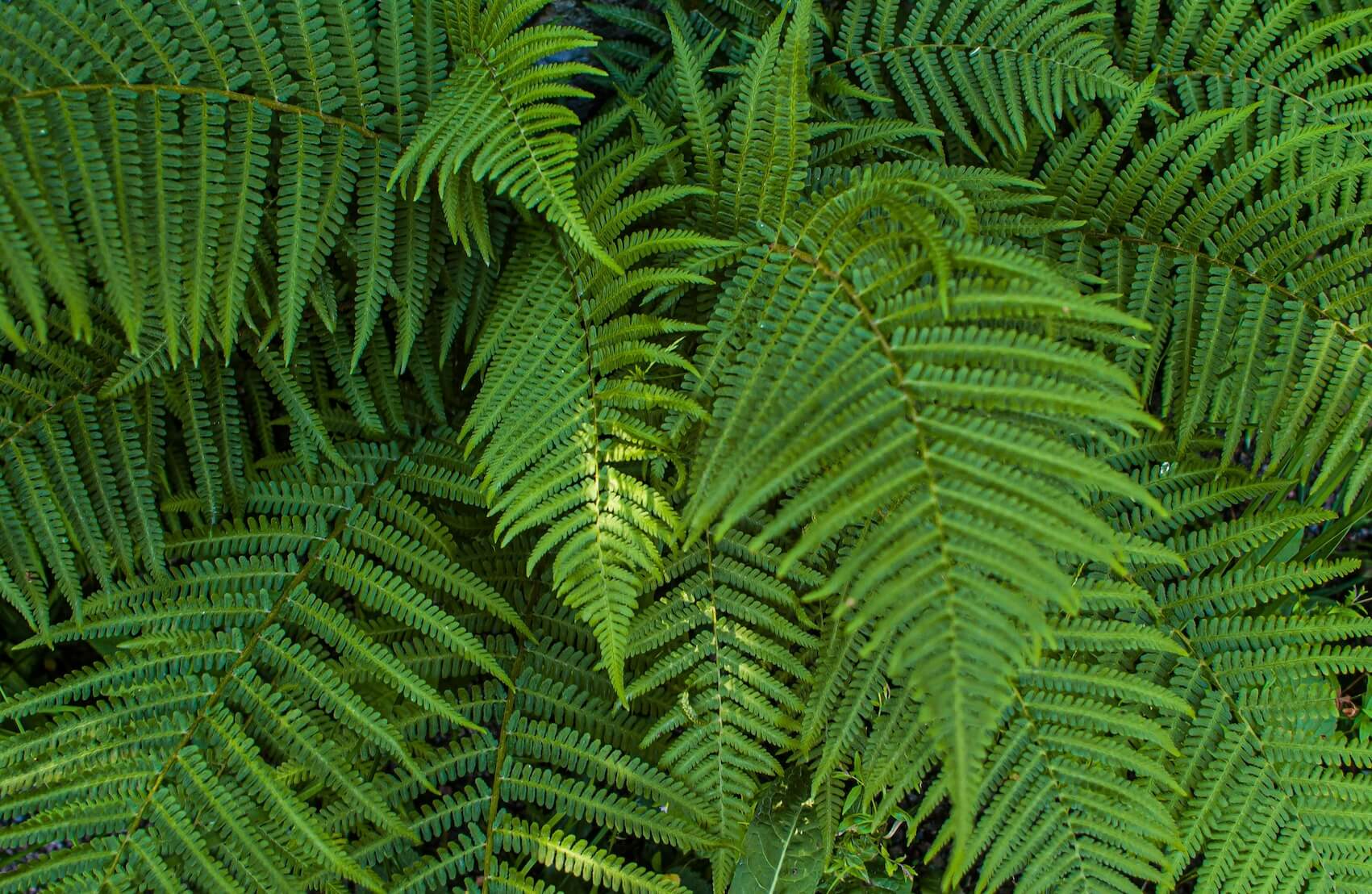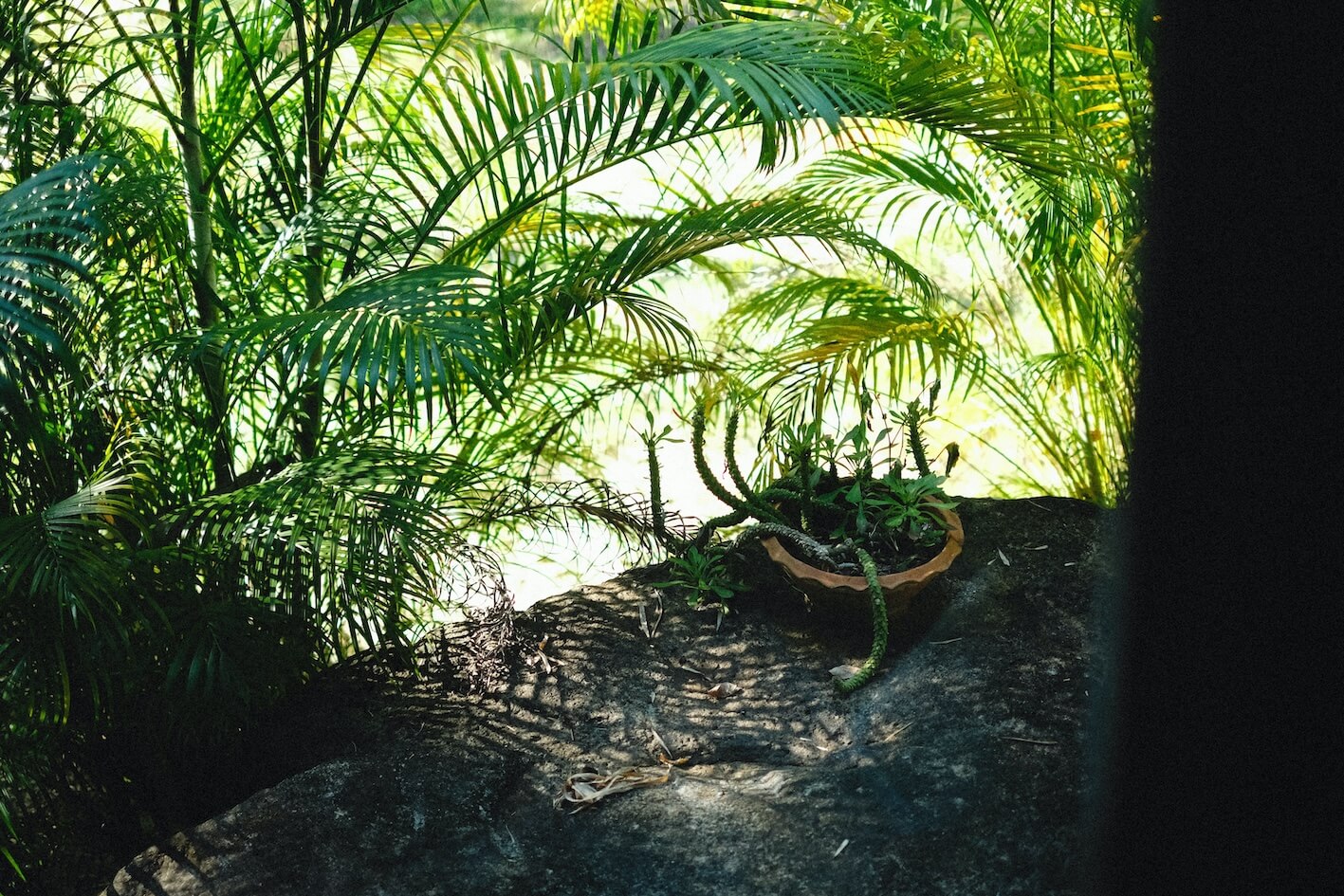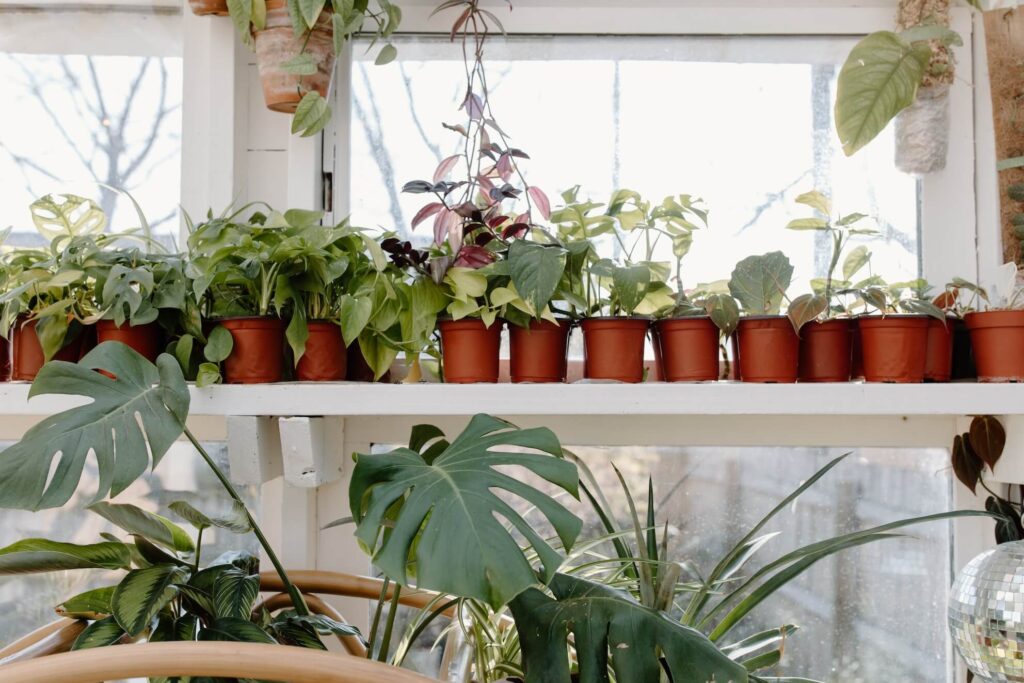
Every year, the quality of the air we breathe is declining rapidly, especially in urban areas where it’s becoming increasingly challenging to enjoy clean air. Many urban dwellers prefer staying indoors, aiming to safeguard their homes or offices from the growing external air pollution. With about 90% of our time spent in enclosed spaces, the air indoors can become even more toxic than the polluted air outside. While air purifiers are commonly used to improve indoor air quality, opting for natural solutions, such as air-purifying indoor plants, can be a healthier alternative.
Indoor air pollution
Contrary to popular belief that air pollution is an outdoor issue, indoor pollution poses significant health risks. According to the World Health Organization, approximately 4.3 million people die each year due to exposure to household pollutants. Substances like asbestos, formaldehyde, and radon found in paints, building materials, ceilings, and floor tiles contribute to indoor pollution. Other factors, including tobacco, paints, perfume fragrances, stove fumes, and particles/gases from office machinery, can also lead to indoor pollution.
These pollutants have severe health implications, causing flu, lung cancer, irritation of the throat, eyes, and nose, coordination loss in the liver and brain, kidney damage, respiratory infections, and heart diseases. Inadequate ventilation and high temperatures exacerbate these issues, posing a significant threat to our well-being.
The need for air purifying indoor plants
Incorporating air-purifying indoor plants can significantly contribute to eliminating toxins and naturally purifying the air. Even with a modest number of plants, air quality can be enhanced, as these plants effectively reduce CO2 levels and combat air staleness, functioning as natural humidifiers.
This, in turn, helps prevent irritation in the eyes, nose, throat, and lungs. Indoor plants also contribute to stress reduction and enhance attention capacity. Therefore, by opting for air-purifying indoor plants, you can not only beautify your indoor spaces but also address air quality concerns simultaneously.
While numerous indoor plants aid in toxin removal, we’ve compiled a list of top 12 air-purifying indoor plants:
Areca Palm Plant
Chrysalidocarpous Letescens, commonly known as Areca Palm, is a versatile plant suitable for both decoration and as an effective oxidizing agent.
Areca palm helps remove these toxins
Areca Palm plays a crucial role in reducing indoor pollutants, specifically harmful substances like acetone, xylene, and toluene, commonly found in petroleum products and wooden furniture. By absorbing these unwanted pollutants, Areca Palm contributes to minimizing upper respiratory tract diseases, which can be particularly crucial during pregnancy, preventing potential issues in fetal development. It contributes to the improvement of the nervous system in children and helps preserve the health of cells and tissues.
Maintenance
Areca Palm is a low-maintenance plant but demands regular watering and placement in indirect sunlight. This lush and eye-catching houseplant thrives in bright spaces.
Soil and Growth
Repotting every 2-3 years and timely soil fertilization are essential for its optimal growth.
Rubber Plant
Ficus elastic, commonly known as the Rubber plant, is a vibrant evergreen tree with bright burgundy-colored leaves originating from India.
Rubber plant helps remove these toxins
Despite its substantial size, the Rubber plant can be potted and used as a synthetic but effective air purifier indoor plant. This plant converts carbon dioxide in the air into breathable oxygen, releasing the oxygen from its leaves through chemical reactions. The Rubber plant also functions as an excellent anti-bacterial agent, combating bacteria, mold, and harmful airborne organisms. NASA studies affirm that Rubber plants are easy-to-care-for houseplants that serve as efficient oxidizing agents for indoor air pollution.
Maintenance and soil
Allow the plant’s soil to dry out before watering, and it’s better to underwater than overwater. Rubber plants are hardy and thrive with weekly watering in summers and fortnightly watering in winters. They do well in dim light conditions.
Growth
The plant typically grows to a height of around 8 feet.
Spider Plant
As the name suggests, these plants produce baby spider plants called spiderettes, giving the plant a spider-like structure.
Spider plant helps remove these toxins: According to NASA, the spider plant ranks among the top three houseplants that excel in removing formaldehyde, carbon monoxide, and other toxins from your surroundings. Spider plants consist of numerous tiny white flowers that grow into baby spider plants, aiding the plant in combating benzene, xylene, carbon monoxide, and formaldehyde.
Maintenance: The wild, elongated leaves of the spider plant impart an elegant and peaceful vibe when placed inside your room. Another positive aspect of this plant is its hardy nature, making it quite difficult to kill. The plant does not require extra attention; just place it under indirect sunlight and water it liberally during summers and moderately during winters.
Soil: The plant thrives in a well-drained pot with soil that needs to be consistently wet and moist. However, the soil should not be too wet or too dry.
ZZ Plant
Zamioculcas Zamiifolia, shortly known as ZZ plant, boasts wide and dark green leaves that can enhance the attractiveness of your house or office. The ZZ plant was discovered centuries ago in a drought-prone African region.
ZZ plant helps remove these toxins: Studies reveal that ZZ plants are adept at removing a substantial proportion of toxins, including xylene, toluene, and benzene, from our indoor surroundings. Thus, ZZ plants serve as an excellent choice for air-purifying indoor plants and also offer a fantastic option for decorating your cozy space.
Maintenance: This drought-tolerant plant features waxy, smooth leaves that reflect sunlight, adding warmth and brightness to your office or room. The plant’s beauty is particularly popular in office decorations. A small drawback is that the plant is not pet or child-friendly, so it should be kept away from them.
Growth: The growth of ZZ plant is moderate with a maximum height of 2-3 feet.
Soil: It does not require any special soil for potting; just a well-drained pot will suffice.
Fiddle Leaf Fig Plant
The Fiddle Leaf Fig plant is renowned for creating a dramatic texture and bold aesthetic in your living rooms and offices. This trendy plant brings an exuberant tropical look to your living space and dens with its rich, dark green shade.
Fiddle Leaf Fig plant helps remove these toxins: It purifies the surrounding air by extracting unhealthy volatile organic compounds. Additionally, it contributes to creating a relaxed, calm, and stress-free environment. The plant’s broad leaves enhance its efficiency in purifying the air and controlling humidity in the space.
Maintenance and Growth: To ensure the plant thrives, find a bright spot with indirect sunlight. Careful watering is crucial to prevent yellowing or browning of leaves, which may fall off if over or under-watered. Maintaining an average humidity level contributes to the Fiddle Leaf Fig’s thriving life.
Soil: The plant prefers humid and moist soil, thriving in a humid environment.
Monstera Adsonii Plant
Monstera Adsonii, also known as the Swiss Cheese Plant, derives its name from its distinctive structure, resembling the appearance of Swiss cheese. The plant features large heart-shaped leaves that develop holes as they grow, creating a pattern reminiscent of Swiss cheese. It belongs to the Araceae plant family and is native to South and Central America.
Monstera Adsonii helps remove these toxins: Monstera Adsonii excels in removing a significant proportion of toxins such as xylene, toluene, and benzene from indoor surroundings.
Maintenance: It is advisable to avoid placing Monstera Adsonii under direct sunlight for more than 2-3 hours. Additionally, it should be kept away from cats and dogs as it contains insoluble calcium oxalates, which may pose harm to them.
Chinese Evergreen Plant
Recognized by NASA, the Chinese Evergreen plant is a recommended plant for indoor purification. Chinese Evergreen thrives in a humid environment, and misting the leaves occasionally prevents browning. Its long, elegantly patterned leaves, featuring white and light green hues, add aesthetic appeal to your home.
Chinese Evergreen helps remove these toxins: The Chinese Evergreen, a tropical plant, serves as a highly effective air purifier, eliminating formaldehyde and benzene commonly emitted by household detergents and cosmetics.
Maintenance: For optimal care, water the plant twice a week, and avoiding overwatering. Place the Chinese Evergreen away from prolonged direct sunlight, and water it when the soil begins to dry. The plant favors a humid environment, and occasional misting of its leaves helps maintain their vibrant appearance.
Growth: On average, the plant attains a height of up to 4 inches.
Weeping Fig
Ficus Benjamina, commonly known as the Weeping Fig, is not just a beautiful decorative houseplant but also excels at purifying indoor air.
Weeping Fig helps remove these toxins: It effectively cleanses the air from several airborne substances and pollutants such as formaldehyde, xylene, and toluene.
Maintenance: Caring for the Weeping Fig involves maintaining a delicate balance between ambient temperature and sunlight exposure. Avoid frequent changes in its placement, as this could be detrimental to the plant’s health.
Growth: With its tall and elongated appearance, resembling a small tree, the Weeping Fig adds both elegance and air-purifying capabilities to your indoor environment.
Boston Fern
Boston Fern, known for its sword-shaped leaves and often used for house decoration, is an excellent air purifier.
Boston Fern helps remove these toxins: It effectively removes indoor pollutants such as formaldehyde, xylene, and toluene.
Growth: With an average length of around 50 cm, the Boston Fern’s lush foliage creates a visually pleasing display, especially when hung in a basket or placed on a pedestal.
Maintenance and Soil: Thriving in a humid environment, Boston Fern prefers low indirect bright light. Careful watering is essential to prevent the soil from drying out, which could lead to leaf shedding. Adding moist pebbles can further enhance the plant’s well-being.
English Ivy
English Ivy, with its lush green leaves resembling maple leaves, is an evergreen climbing perennial vine renowned for its ability to reduce airborne mold in your home
English Ivy helps remove these toxins: Research indicates its effectiveness in combating mold spores associated with various serious illnesses.
Maintenance: English Ivy is a low-maintenance plant, requiring regular watering and indirect sunlight. Occasional exposure to direct sunlight for 3-4 hours a day is acceptable.
Growth: Capable of reaching heights between 6 and 9 inches off the ground and spreading up to 100 feet, English Ivy is a versatile and expansive plant.
Soil: The soil should be allowed to dry to the touch between waterings to maintain optimal conditions for the English Ivy.
Aloe Vera
Aloe Vera, a green succulent known for its myriad health benefits, also emerges as a silent hero in the realm of indoor plants. Beyond its reputation for soothing burns and promoting skin health, Aloe Vera boasts NASA’s approval for its remarkable ability to purify indoor air.
Aloe Vera helps remove these toxins: It is known for removing common indoor pollutants such as formaldehyde, benzene, and xylene. This versatile plant also excels at removing excess carbon dioxide from your surroundings.
Maintenance: Aloe Vera is a low-maintenance plant that thrives under direct sunlight, making it an ideal addition to your room for effective results.
Soil: Known for its hardiness, Aloe Vera can withstand periods of dry soil without immediate adverse effects.
Growth: With an average height ranging from 15 to 30 cm, Aloe Vera is a compact yet effective plant for improving indoor air quality.
Bamboo Palm
The Bamboo Palm, scientifically known as Chamaedorea seifrizii, stands out as a botanical champion in the battle against indoor air pollution. This elegant plant, native to Mexico and Central America, thrives in shaded environments, making it an ideal addition to indoor spaces.
Bamboo Plant helps remove these toxins: The Bamboo Plant stands as a resilient defender against indoor pollutants, targeting toxins like toluene, benzene, formaldehyde, and xylene. Extensive research underscores the potential health risks posed by prolonged exposure to these airborne contaminants.
Maintenance: Embracing a shade-loving nature, the Bamboo Plant demands attentive care, emphasizing regular watering, and optimal nourishment through fertilizers. Beyond its air-purifying prowess, this plant adds a touch of tropical elegance, transforming your living room into a visually appealing haven.
Growth: Witness the Bamboo Palm’s graceful ascent to an average height of 5 to 7 feet, adorned with a lush width of 3 feet and showcasing 10 to 15 fronds per stem. Experience the symbiotic blend of aesthetic allure and environmental wellness.
Conclusion
As we navigate the realms of indoor living, the symbiotic relationship between nature and our well-being becomes increasingly evident. The best air-purifying indoor plants showcased here stand not just as green embellishments but as vigilant guardians against the unseen pollutants that infiltrate our living spaces.
From the graceful elegance of the Bamboo Palm to the resilient charm of the Aloe Vera, each plant brings its unique touch to the symphony of clean air creation. So, as you embark on your journey towards a healthier home environment, consider welcoming these green allies into your abode.



